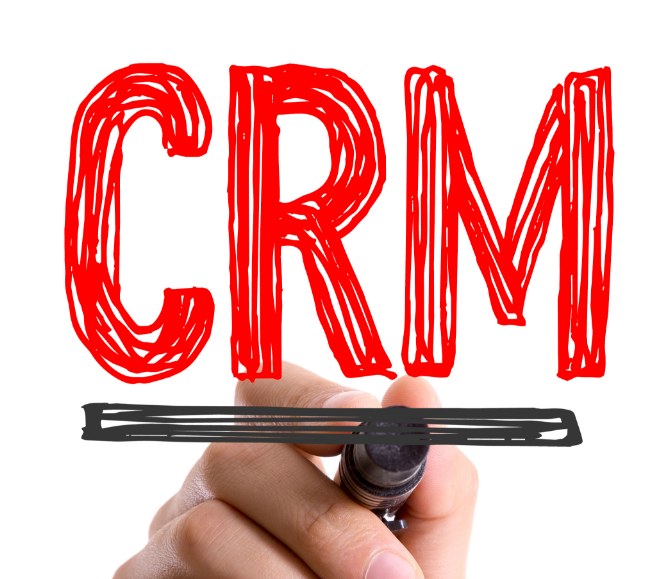Group 33
The Law Faculty Association Rotterdam (LFR) is the study association for students of the Erasmus School of Law. The over 3500 members are the core of the organization. Currently, LFR has no efficient way of managing and analyzing data that is created within the organization. This is disadvantageous for two main reasons. Firstly, without a system to collect data, the LFR-board must base their decisions on experience and intuition. Those decisions tend to be worse decisions than data-driven decisions (McAfee & Brynjolfsson, 2012). This is especially true for LFR because every year the entire board is replaced. Secondly, without data it is difficult to understand and meet the needs of stakeholders. The needs of law firms, for example, are to find the students that meet their standards for potential employees. Using additional data of members, like their interests, LFR will be able to provide a better match between students and firms, and thus create more value for both the members and the law firms.
A CRM system can be a key asset of a firm, and proper implementation can result in important strategic benefits (Colgate & Danaher, 2000; Rigby & Ledingham, 2004). The current CRM environment cannot be seen as an optimal CRM system, as it does not comply with the needs and wants of LFR. A main flaw of the system is that it cannot store and analyze the data generated by the activities of members on the website. If this were possible LFR could, for example, offer specific members specific services based on their past participation in LFR activities.
Therefore, it is recommended for LFR to implement a strategically aligned LFR system in order to better align the business and IT strategy. For a successful implementation of the LFR system, it is recommended to follow the steps below:
- Identify the customers for which the relationship needs to be improved. The most apparent customer groups are the members, the faculty and the law firms. However, other possible customer groups should be taken in consideration.
- Analyze customer-organization relationship value analysis from the perspective of both the LFR and the customer. What information can be used to increase customer value in order to increase customer equity? LFR should consider the information that can be collected now and what information should be collected as well.
- Organize the information needed in the following information types: information of the customer, information for the customer, and information by the customer. This gives LFR more insight in how the information can be used and how the information can be used to create value.
- Collaborate with a Software as a Service CRM provider to implement the CRM system and to connect it to others systems within the LFR IT environment.
- Evaluate the impact of the CRM system on the customer relationship after implementation. Because in practice, CRM systems often fail to meet expectations, the system should be evaluated repeatedly from an early stage onwards to ensure the alignment of the business and IT strategy.
References:
Colgate, M. R., & Danaher, P. J. (2000). Implementing a customer relationship strategy: The asymmetric impact of poor versus excellent execution. Journal of the Academy of Marketing Science, 28(3), 375–387.
McAfee, A. & Brynjolfsson, E. (2012). Big Data: The Management Revolution. Harvard Business Review 90(10) 60-68.
Rigby, D.K. & Ledingham, D. (2004). CRM done right. Harvard Business Review, 82(11), 118-112, 124, 126-129, 150.
Image:
https://www.salesnet.com/wp-content/uploads/2016/01/Dollarphotoclub_92112876.jpg

